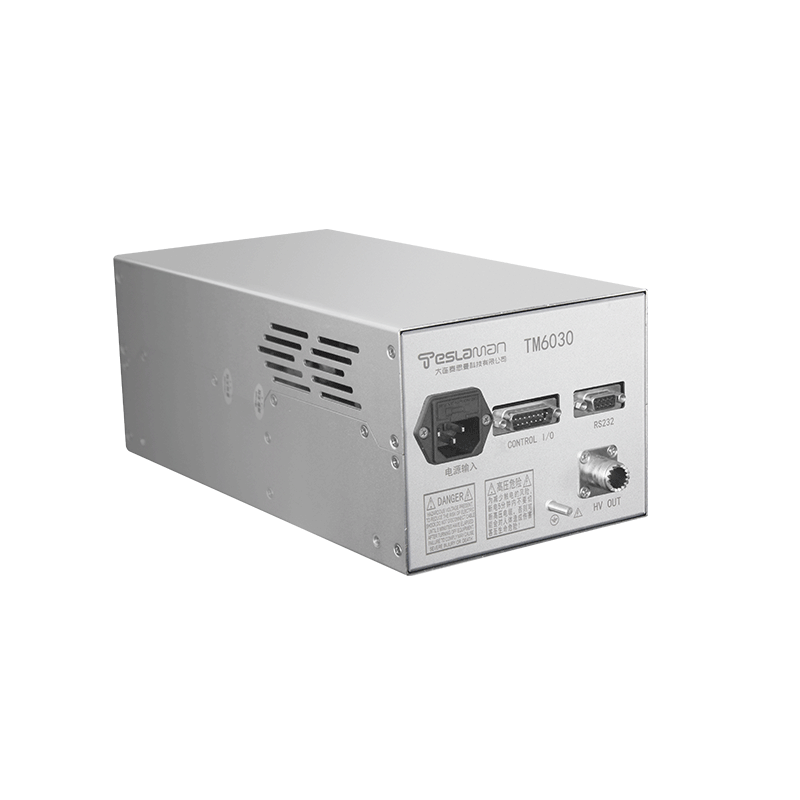The Rapid Pulse of High Voltage: Analyzing Sub-Millisecond Response Technology in EM High-Voltage Power Supplies
The revealing power of electron microscopy (EM) into the microscopic world relies heavily on the performance of its High Voltage Power Supply (HVPS). While traditional HVPS can provide relatively stable high-voltage output, their response speed often falls short. The emergence of sub-millisecond (<1ms) high-speed response technology is fundamentally overcoming this limitation, endowing modern electron microscopes with unprecedented capabilities for dynamic capture and analysis.
Precise control of the electron beam is central to EM. The intensity, focus, and scanning speed of the beam are all dependent on the immediate and precise regulation of the HVPS output. The lag inherent in conventional power supplies (often tens of milliseconds) acts like a sluggish switch. When rapid changes are needed—switching imaging modes (e.g., high/low magnification), conducting millisecond-scale time-resolved in-situ experiments, or performing high-speed, high-precision scanning—this lag inevitably leads to blurred images, lost detail, or even failed experiments. This deficiency in dynamic response capability has long been a bottleneck for achieving high spatio-temporal resolution imaging.
Sub-millisecond response technology is designed to break through this bottleneck, achieving qualitative leaps across several dimensions:
• Innovative Power Semiconductor Topology: Moving beyond traditional designs, optimized high-frequency switching and resonant circuits are employed. This structure enables significantly higher switching frequencies (hundreds of kHz and above), shorter dead times, and lower switching losses. Consequently, the power supply can rapidly absorb or release circuit energy, minimizing voltage fluctuations caused by sudden changes in load or setpoint.
• Intelligent Control Algorithm Optimization: Leveraging advanced digital control platforms, adaptive algorithms and feedforward compensation are implemented. This technology enables real-time prediction of and proactive compensation for load variations. More critically, it allows continuous online identification of subtle changes in the power system's parameters, automatically adjusting control parameters to ensure stability while maintaining ultra-fast response.
• Application of High-Frequency, Low-Loss Power Devices: Utilizing power semiconductor devices with ultra-low Qg (gate charge), Qrr (reverse recovery charge), and Coss (output capacitance) is key. These devices allow operation at much higher switching frequencies while reducing energy loss accumulation per switching cycle. Coupled with high-voltage tolerant, low-ESR (Equivalent Series Resistance) capacitor technology, dynamic power supply response is dramatically enhanced.
• Distributed Energy Buffering & Ultra-Fast Control Loops: Deploying localized decoupling capacitor networks near critical load points drastically shortens the energy delivery path. Combined with optimized PCB layout and signal integrity design, control loop latency is minimized, ensuring sub-millisecond transmission of sensing, processing, and drive signals.
This technology delivers revolutionary value for EM applications:
• Breaking Time-Resolution Barriers: Enables high-speed in-situ electron microscopy. Transient processes occurring on sub-millisecond to microsecond scales—such as material phase transformations, chemical reactions, and dynamic behavior of nanodevices—can now be captured clearly and in real-time.
• High-Precision Scanning & Imaging: In high-speed scanning electron microscopy, the fast HVPS response guarantees consistent pixel dwell times, eliminating scanning distortions and yielding images with high signal-to-noise ratio.
• Enhanced Resolution & Stability: Rapid suppression of beam drift and minor fluctuations induced by external disturbances provides a stable electron-optical environment essential for high-resolution imaging.
• Optimized Operational Efficiency: Enables seamless, instantaneous switching between imaging modes, significantly boosting microscope throughput and user experience.
In conclusion, sub-millisecond response capability in HVPS has become a hallmark of next-generation high-performance electron microscopes. This technology represents a deep integration of power electronics, advanced control theory, and precision manufacturing, successfully solving the critical challenge that limited EM exploration of spatio-temporal dynamics. As its application deepens and costs optimize, this technology will continue to propel frontier research in materials science, life sciences, semiconductors, and beyond into an era of unprecedented ultrafast dynamic observation.




















